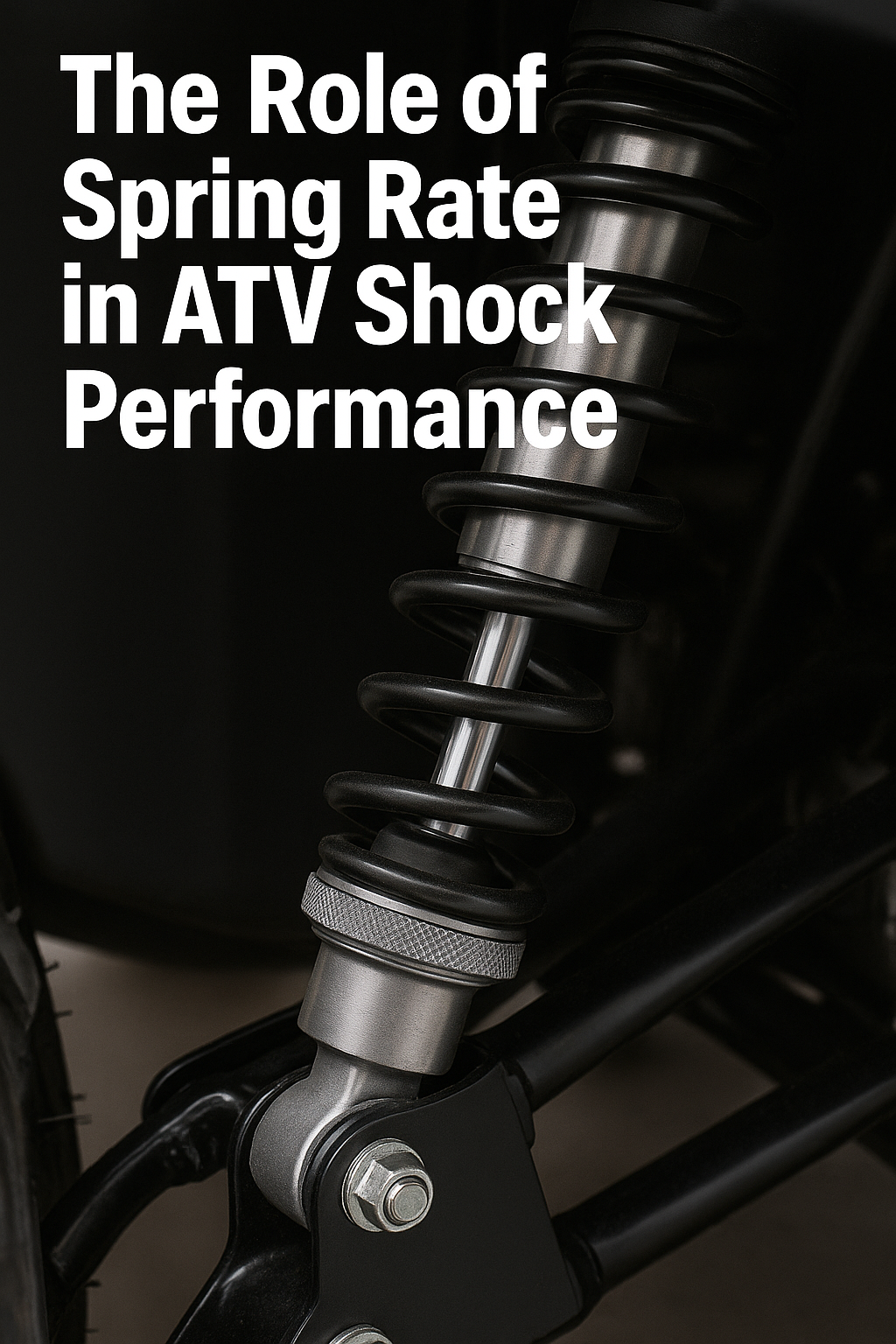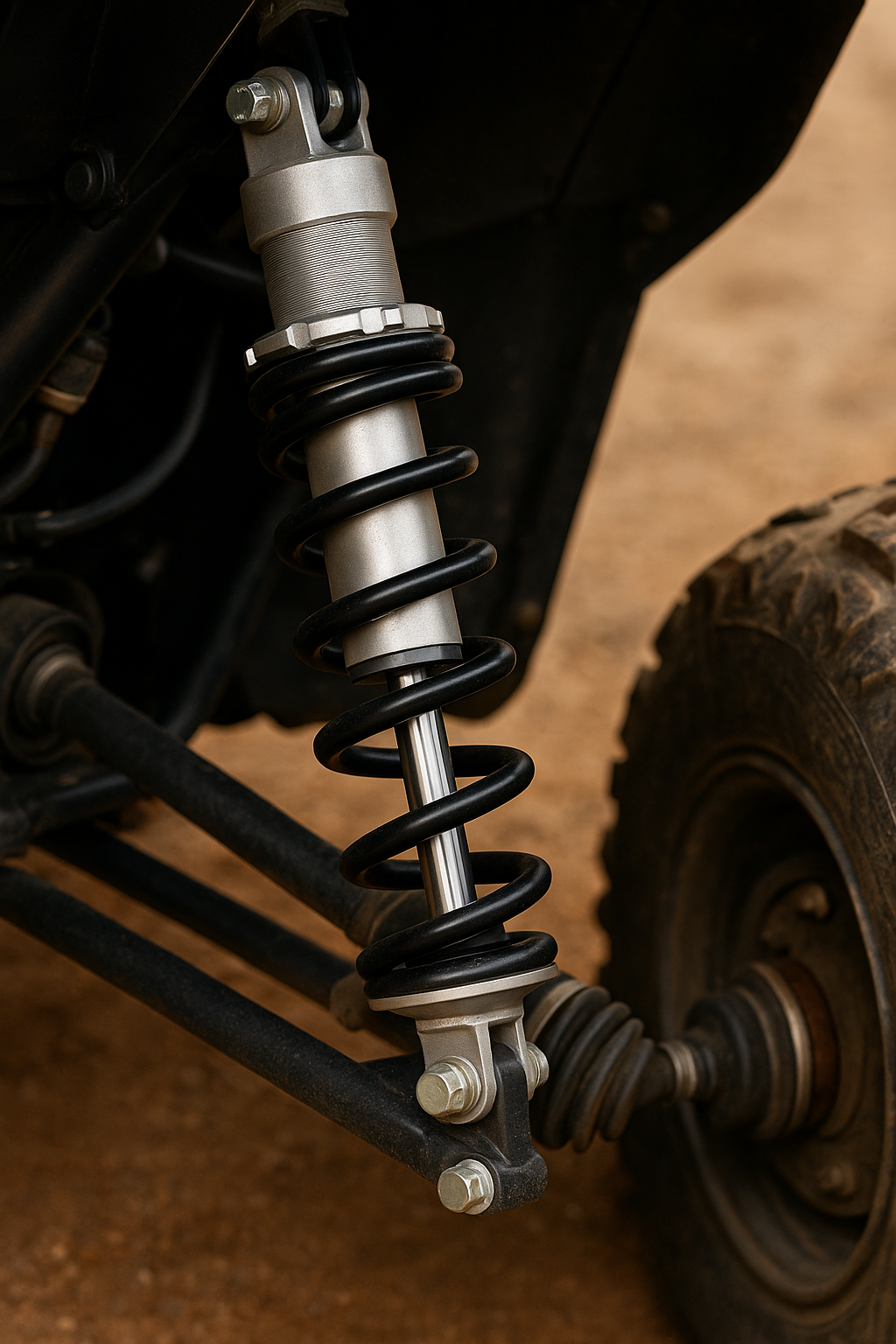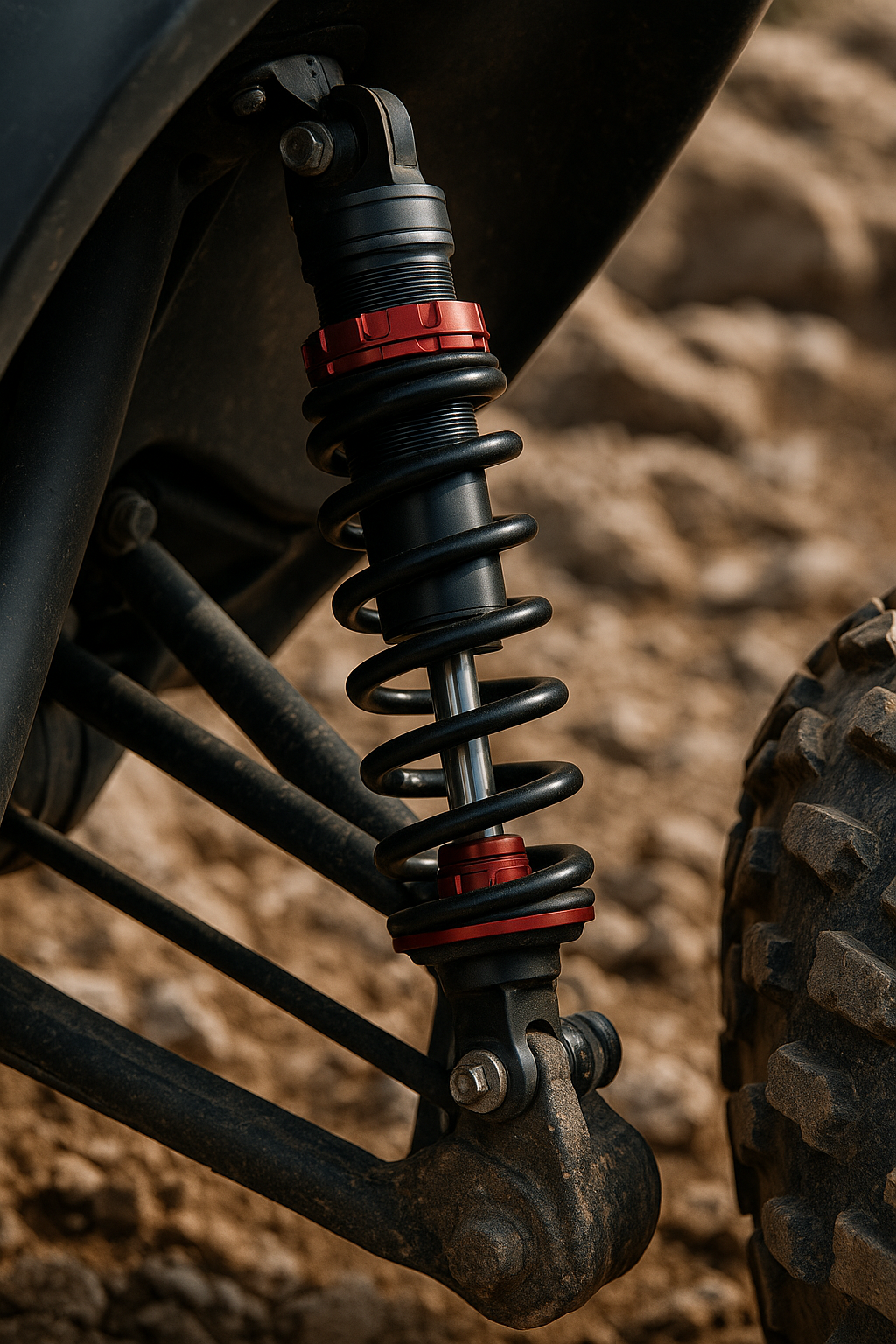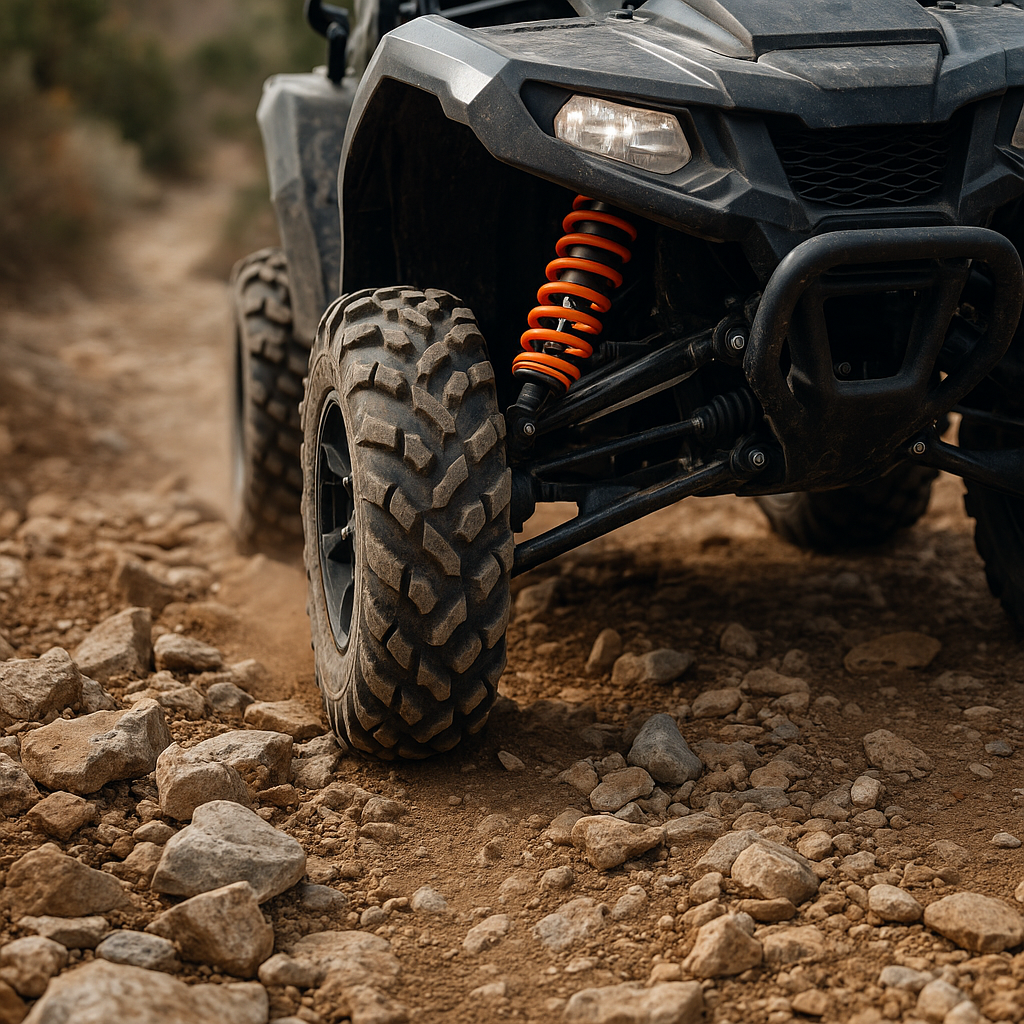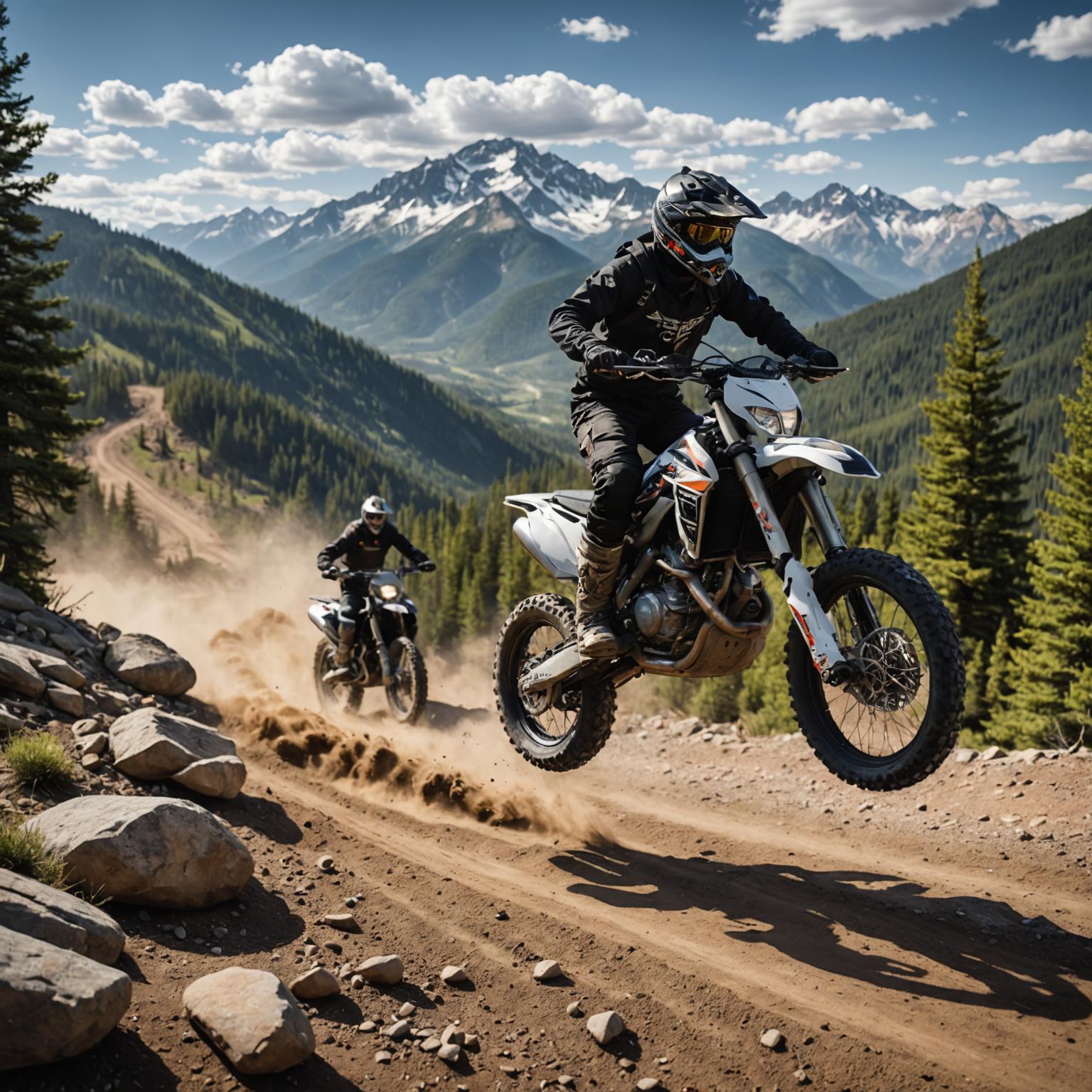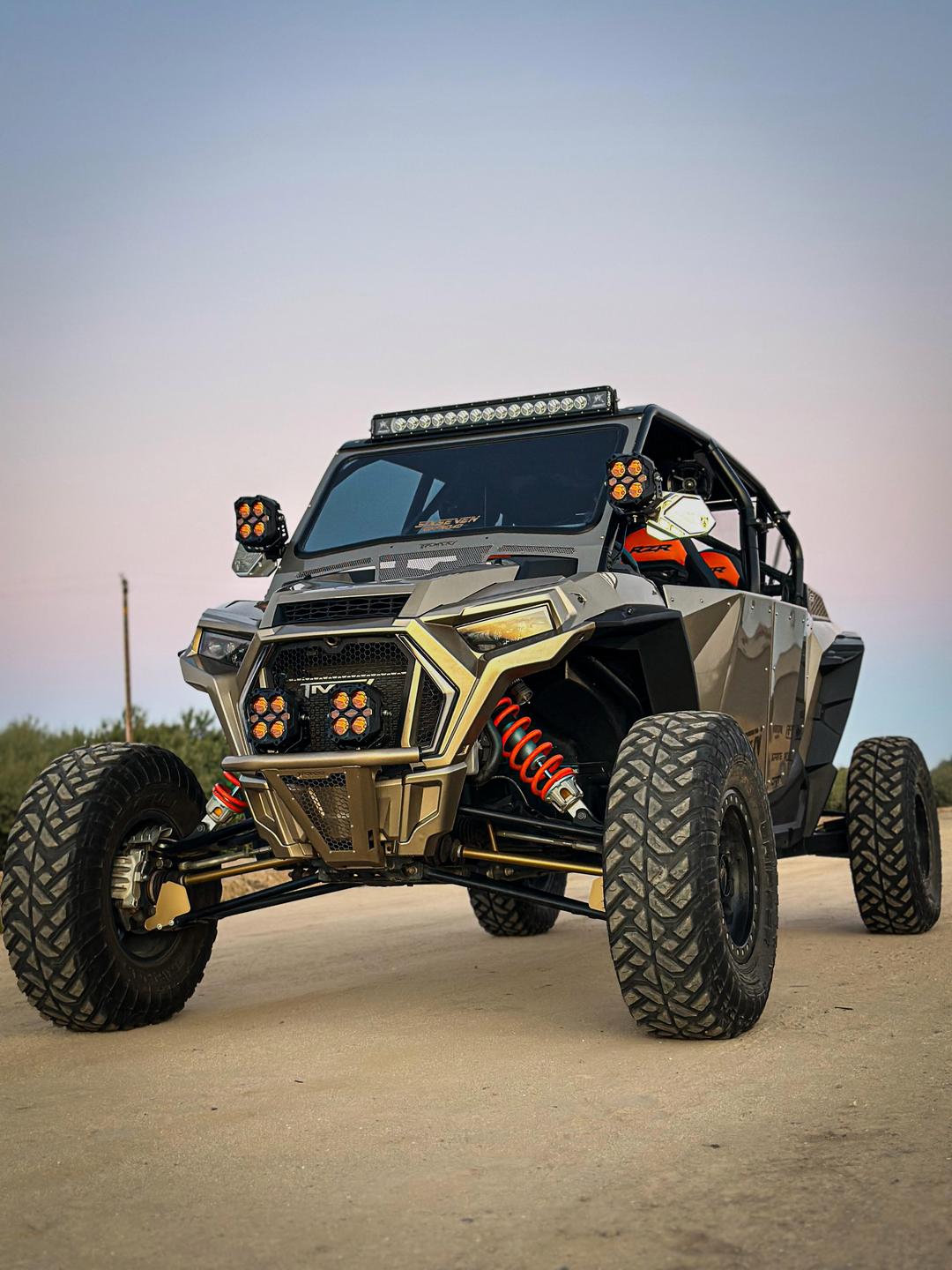
The Next Generation of ATV Shocks: What’s Changing and Why It Matters
How Modern Demands Are Redefining ATV Shock Expectations
In the evolving world of off-road mobility, suspension systems are undergoing a quiet transformation. No longer seen as just components that “soften the bumps,” modern ATV shocks are expected to deliver consistent control, minimize fatigue, and handle a wider range of environments than ever before.
This shift isn’t driven by marketing—it’s a response to how vehicles are actually used. Payloads are heavier, terrain is more varied, and expectations for long-term ride quality are higher. These changing demands are reshaping how shocks are designed, built, and validated—from material composition to damping behavior.
What was once a standardized, “good-enough” part is now a critical performance element—designed not just to function, but to enhance how the entire machine behaves across time and terrain.
What's Actually Changing in ATV Shock Design?
1. Damping Systems Are Becoming More Intelligent
Gone are the days of fixed-rate, passive shock absorbers. The new generation includes:
-
Progressive rebound control
-
High/low-speed compression valving
-
Internal bypass channels
-
Optional adjustability for end users
These enhancements allow a shock to adapt to terrain variation in real-time, without compromising comfort or safety.
2. Materials Are Engineered for Fatigue Resistance
Modern shocks aren’t just about strength—they’re about stability over time. That means:
-
Anodized aluminum bodies to resist corrosion
-
Low-friction shafts for consistent response
-
Advanced seal materials that survive extreme temperatures and terrain exposure
The result? Better ride feel on Day 1—and on Day 300.
3. Vehicle-Terrain Matching Is Becoming Standard
Manufacturers like Bedo are working with vehicle brands to deliver terrain-specific shock solutions, meaning:
-
Desert-tuned kits for heat resistance and high-speed rebound
-
Forest and rocky trail kits with compact bodies and aggressive damping
-
Multi-surface setups with adjustable preload and nitrogen fill tuning
This is not luxury tuning—it’s real-world adaptation that prevents early failure and poor feedback.
Why Shock Performance Now Defines the Product, Not Just the Ride
In the past, suspension was often viewed as a behind-the-scenes system—evaluated mostly when something felt off. But that has changed.
Today, ride dynamics are not just a part of product function—they're part of product identity. A vehicle that maintains control on uneven ground, resists bottoming under load, and preserves comfort over time builds a perception of quality that spec sheets alone cannot deliver.
When shocks fail to meet expectations—whether due to poor damping, early fade, or harsh response—the user doesn’t critique the part. They critique the machine.
That’s why the latest generation of ATV shocks are being engineered with a broader purpose: to influence how the entire vehicle is experienced, remembered, and ultimately valued.
Where Bedo Is Leading in Next-Gen Shock Manufacturing
As a precision-oriented ATV shock manufacturer, Bedo :
-
CNC-controlled production lines for consistent part tolerances
-
Multi-valve tuning protocols to match usage needs
-
Batch-level testing for damping curve consistency and pressure stability
-
Low-MOQ customization, allowing niche brands and limited platforms to access high-quality shock technology
We collaborate with OEMs, specialty platforms, and aftermarket developers to design terrain-matched, application-driven shock solutions that scale with your platform.
Comfort Is Now a Design Metric
The next generation of ATV shocks isn't just about surviving the trail—it's about transforming how riders experience it. As platforms evolve, payloads increase, and terrain use becomes more specialized, suspension must evolve with it.
At Bedo, we believe control isn’t just engineered—it’s earned, over every bump, drop, and climb. That’s why we build shocks that match where your product is headed, not just where it’s sold.
🔧 Explore our latest shock systems
📩 Contact us to discuss your suspension project

